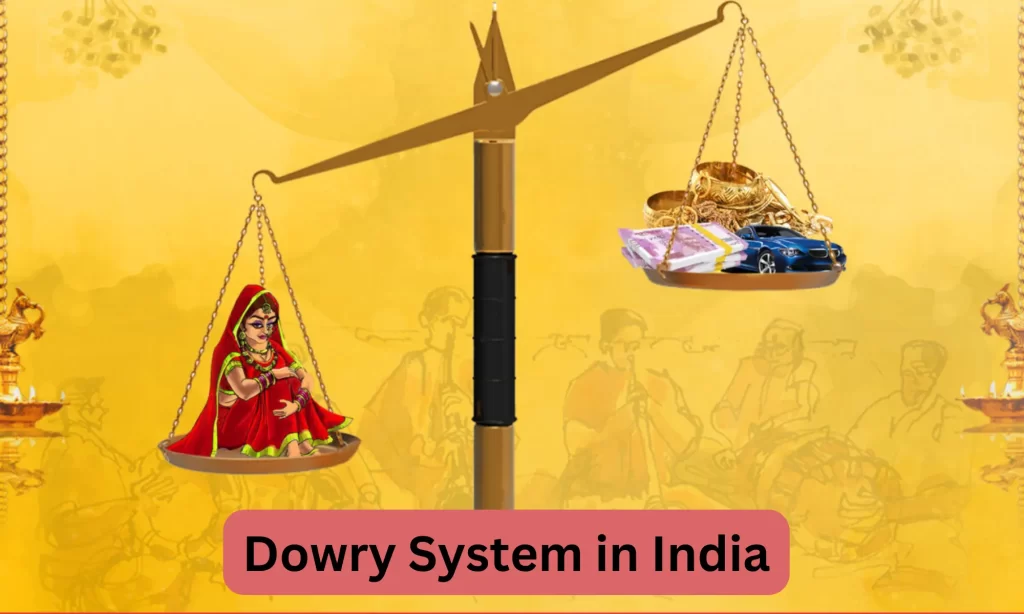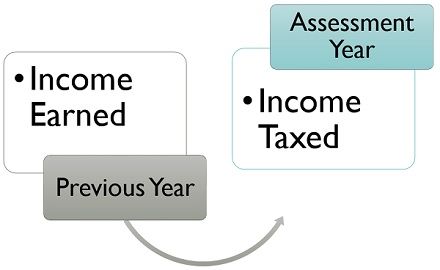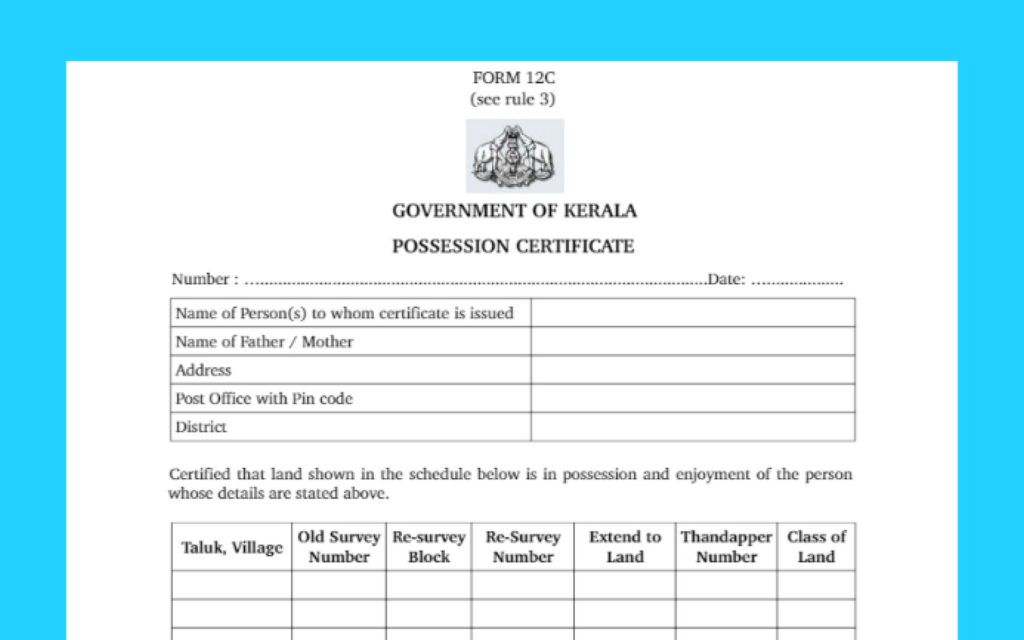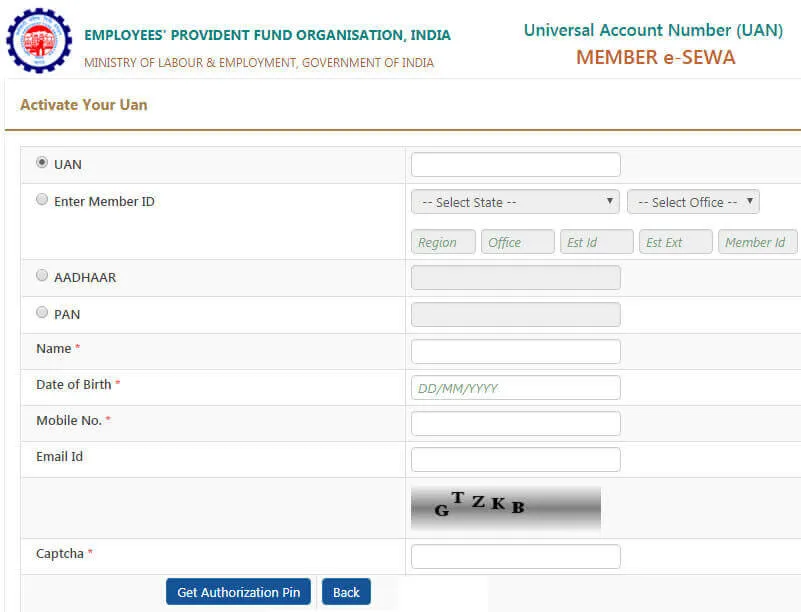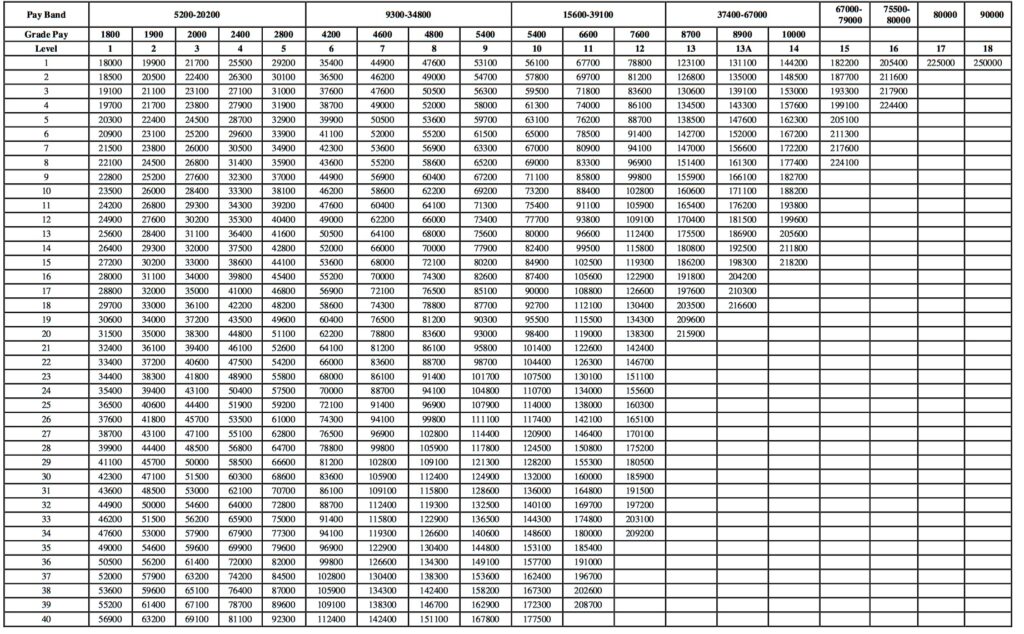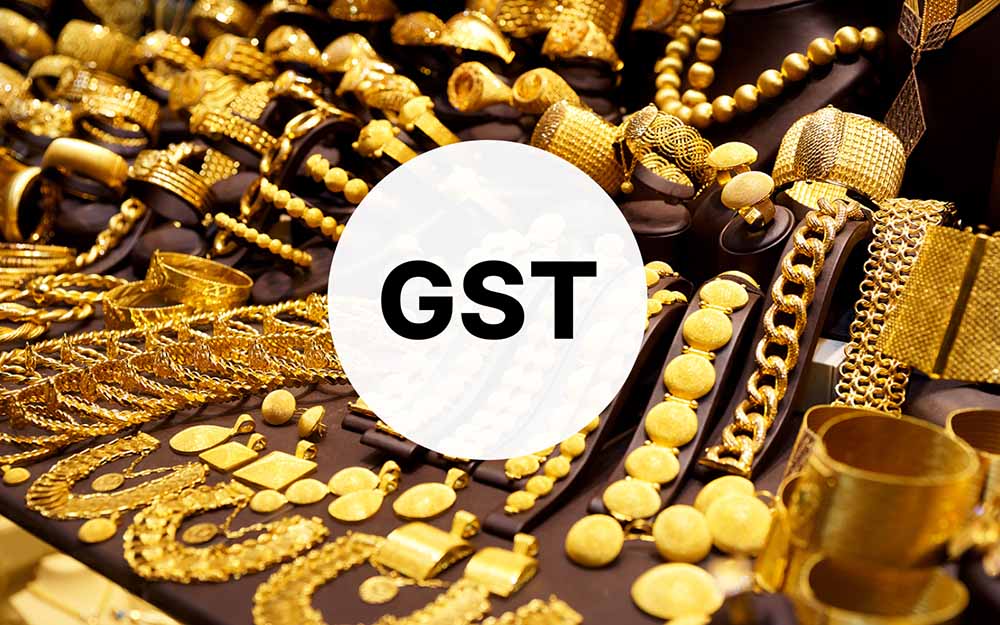Frozen Bottle Franchise
In a world full of dismay, something’s will always brighten up the day: the milkshake. Nothing can cheer a person up like the perfect creamy frothiness of a thick milkshake. Indians have adopted these heavily garnished drinks and given them a home. Frozen Bottle, one of India’s trendiest milkshake brands and it is an ever-growing plethora. Frozen Bottle is on the run to build its outlet army across the globe. The harder we will shake, then the better we will make, join your hands with Frozen Bottle to shake up your career. Frozen bottle Franchise is here with its Kiwi shakes, sugar-free beverages, cold coffees and nutty vanilla shakes and many more to hook up all its customers with its flavor. Frozen bottle is a milkshake brand which is sure in serving some good quantity of delicious desserts and treats at reasonable prices. Frozen Bottle is the perfect place for a hangout with your loved one, family and friends, surrounded by surprisingly great desserts and importantly, it is 100% vegetarian. This milkshake brand also has a variety of picks for you, right from Banana Gulkand to KIWI crush that treats with all happiness and the fruity flavors of these shakes and desserts makes you linger as an aftertaste. Hence, if you are interested in taking up a dessert franchise, Frozen bottle Franchise India would be a best decision. The investment of the Frozen Bottle Franchise is Rs. 33 lakhs. Inaugural Days of Frozen Bottle Frozen Bottle Franchise started off from Bangalore it is now in over five cities in our country with 15 outlets and aims to open up over 200 outlets in the next two years. With a mission and vision to grow, learn, serve and revolutionise the frozen dessert scene in and around India. It helps a wide variety of Frozen Desserts, Signature Thick Shakes and one of its kind Ice Cream Jars that are 100% vegetarian. The birth of Frozen Bottle in the 21st century makes it contemporarily rich and well versed with the youth spectrum. Why Frozen Bottle Franchise Frozen Bottle’s first outlet was in Bangalore and currently this milkshake brand has expanded its branches in more than eleven cities all over India with more than fifty outlets. The brand is now very keen on spreading out more branches through franchise. The first and foremost reason for ‘Why Frozen Bottle Franchise” is they’re wildly popular among youngsters for its unique factor of thick and very delicious shakes. The unique way of serving shakes in little glass bottles which the customers can take those bottles home. Their shakes and desserts are outstandingly delightful and tasty which makes the customers to visit again and again. Frozen Bottle encapsulates happiness, love and they have a volcano of flavors in their dessert bottles and most of its shakes are known to have an out-of-the-world taste. Most importantly, Frozen Bottle’s shakes have created a lot of buzz among youngsters and also among all its customers. Products of Frozen Bottle Ice Cream Pizza Waffle Sticks Milk Shakes Stone Jars Potential Areas of Expansion Frozen Bottle Franchise current Locations Bangalore Mumbai Chennai Pune Hyderabad Manipal Coimbatore Upcoming Frozen Bottle Franchise in India Gujarat Kerala Benefits of starting a Frozen Bottle franchise in India The Frozen Bottle Company is really planning to expand in more cities in India and currently they have branches and outlets in various cities like Bangalore, Mumbai, Chennai, Pune, Hyderabad, Manipal and Coimbatore. They still want to expand in more cities like Delhi, Kerala and other major cities in India. Importantly, as this company is in the early stage of expansion, there’s no better option and time to take up the franchise opportunity to shake your hands with Frozen Bottle and start your business. Frozen Bottle Franchise Stability Raw Materials: Key Raw Materials are processed and packaged in individual serving sizes, in state of the art vendor facilities. Recipe SOP: Frozen bottle has developed recipes that have very simple SOP’s and had all the sauces, and some materials have at least 9-14 months of shelf life. Minimum Finalisation at Outlet: Frozen bottle has minimum finalisation at outlet level resulting in standardisation; reduce skill set, low wastage and quick preparation. Turnaround Time: Frozen bottle turnaround time for every shake is not more than 45 seconds. Tie up with leading supplier: Frozen bottle has tied up with leading suppliers for bulk purchases, the supply of the best quality items and favourable commercial terms. Lower Food Costs: Minimal processes needed at each store level resulting lower in wastage Lower Employee Costs & Attrition: Eliminates the need for and dependence on highly skilled staff at each outlet Better Inventory Management: It allows greater visibility and control into the flow of goods from the manufacturer of outlets. Integrated Supply Chains: More Efficient and better equipped to deal with Geographic and Demand Expansion. Investment and Capex for Frozen Bottle Franchise Model Stand Alone Up to 250 Sq ft Stand Alone Up to 350 Sq ft Stand Alone Up to 500 Sq ft Mall Up to 200 Sq ft Area Requirement Up to 250 Sq Ft Up to 350 Sq Ft Up to 500 Sq Ft Up to 200 Sq Ft Frontage 12 ft + 12 ft + 12 ft + 12 ft + Kitchen Equipment w/o stone Rs.600000 Rs.600000 Rs.600000 Rs.600000 Kitchen Equipment with stone Rs.700000 Rs.700000 Rs.700000 Rs.700000 Interiors with TV & Microwave Rs.1300000 Rs.1550000 Rs.1750000 Rs.1300000 Electrical Rs.100000 Rs.100000 Rs.100000 Rs.100000 Software & Hardware Rs.100000 Rs.100000 Rs.100000 Rs.100000 Interiors design & site engineer Rs.100000 Rs.100000 Rs.100000 Rs.100000 Franchise Fees Rs. 600000 Rs. 600000 Rs. 600000 Rs. 600000 Franchise Fees with Stone Rs. 800000 Rs. 800000 Rs. 800000 Rs. 800000 Opening Marketing Expense Rs.100000 Rs.100000 Rs.100000 Rs.100000 Signage and graphics Rs.100000 Rs.100000 Rs.100000 Rs.100000 Royalty 8% or Rs.40000 8% or Rs.40000 8% or Rs.40000 8% or Rs.40000 Investment without stone Rs.3000000 Rs.3300000 Rs.3600000 Rs.3000000 Total Investment with stone Rs.3300000 Rs.3600000 Rs.3900000 Rs.3300000 FAQs What is Frozen Bottle? Frozen Bottle is a popular Indian dessert chain known for its thick milkshakes, ice creams, waffles, and other desserts.
Frozen Bottle Franchise Read More »

